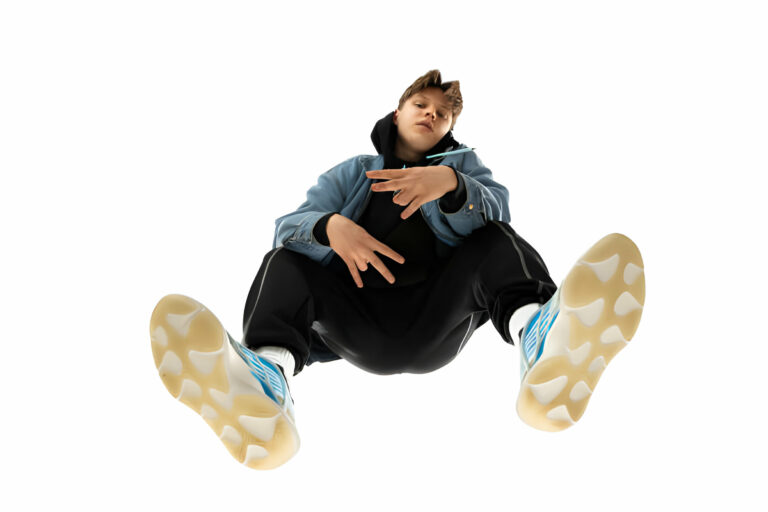
Sports sneakers, once confined to the hardwood floors of basketball courts or the lush greens of tennis fields, have transcended their athletic roots and morphed into an emblem of fashion and lifestyle. These shoes have experienced an evolution so dynamic that they mirror the progression of sports itself – from purely functional gear to symbols of cultural expression.
This article will delve into this fascinating journey, tracing the evolution of sports sneakers from their humble beginnings to their present-day status as a staple in the realm of fashion.
The Early Days: Functional and Practical

The narrative of sports sneakers began in the mid-19th century when they were simply rubber-soled plimsolls with no distinction between the left and right foot. A major turning point came in 1892 with the establishment of the U.S. Rubber Company, which introduced Keds, the first mass-produced sneaker, in 1917.
The 1920s marked a significant shift in the athletic footwear industry. During this period, a young basketball player named Chuck Taylor joined forces with the Converse footwear company. They launched the iconic Converse All-Star, a high-top sneaker designed specifically for basketball. This partnership was the first instance of an athlete endorsing a shoe, setting a precedent for future collaborations between athletes and brands.
The focus then transitioned from basketball to running in the late 1960s and 1970s, largely due to the jogging craze in the United States. This era saw the establishment of Nike by Phil Knight and Bill Bowerman. In 1974, they released the Nike Waffle Trainer, which quickly gained popularity among runners for its innovative waffle-soled design. The success of Nike ignited the rise of other major athletic footwear brands like Adidas and Puma.
The Mainstream Boom: From Functional to Fashionable

In the 1980s, sports sneakers began their transition from functional gear to fashionable attire. The aerobics craze led to a demand for stylish and colorful sneakers that could be worn beyond just the gym. Brands like Reebok and Fila capitalized on this trend, releasing trendy and eye-catching designs that became popular among both athletes and non-athletes.
The 1990s saw the emergence of the “sneakerhead” culture. Sneaker enthusiasts began collecting and trading limited edition or vintage sneakers, driving up demand for rare or exclusive designs. This led to collaborations between brands and designers or celebrities, such as the famous Air Jordan line by Nike in partnership with Michael Jordan.
In the 2000s, sneaker culture continued to evolve with the rise of streetwear and the influence of hip-hop fashion. Collaborations between athletic shoe brands and streetwear labels became more common, creating a new market for luxury sneakers. Brands also began experimenting with new materials and designs, further blurring the line between performance and fashion.
The Future of Sneakers

Today, sneakers continue to be a popular footwear choice for people of all ages. The market has expanded beyond just athletic shoes, with various categories such as lifestyle and skateboarding sneakers gaining popularity. Sustainable design and production have also become important factors in the industry, as consumers become more conscious of their environmental impact.
Technology also plays a crucial role in the future of sneakers. Brands are constantly innovating and incorporating new materials and features to enhance performance, comfort, and style. Smart sneakers with built-in sensors and connectivity are also on the rise, offering personalized data tracking for athletes and fitness enthusiasts.
As the sneaker industry continues to evolve, one thing is certain: sneakers will always hold a special place in fashion and culture. From its humble beginnings as a functional piece of




